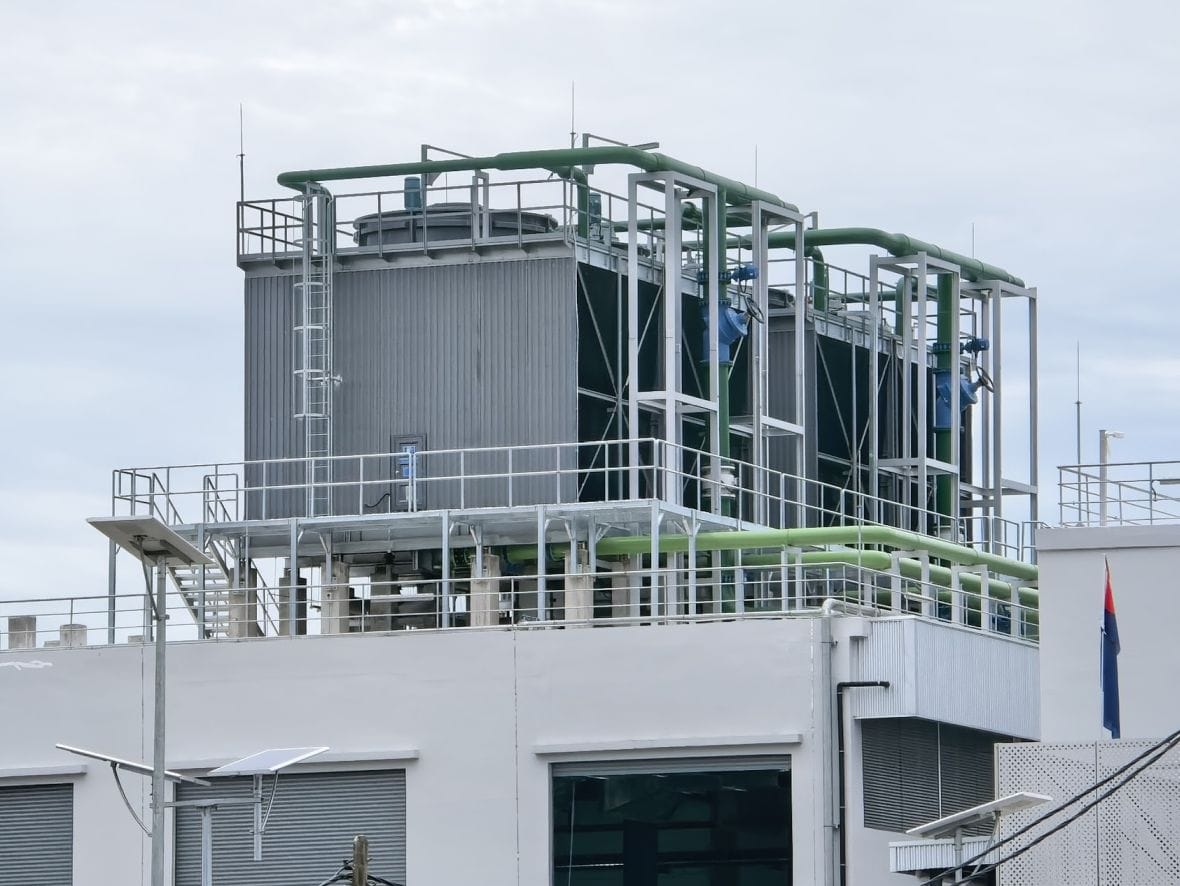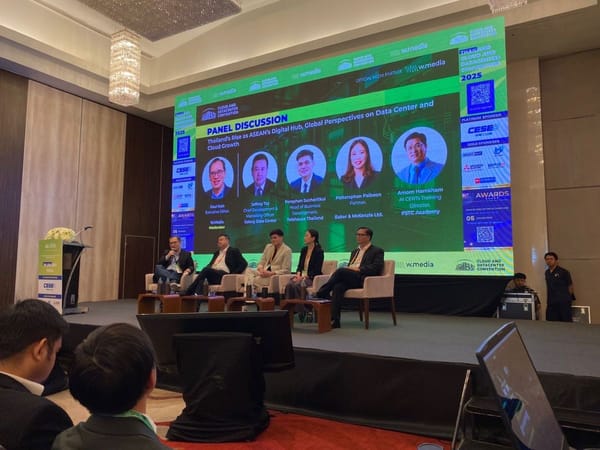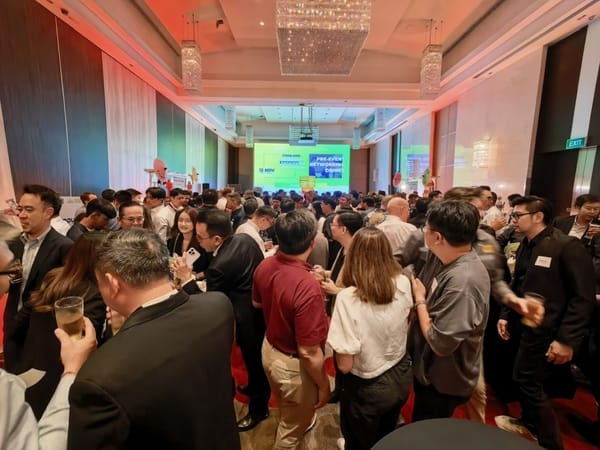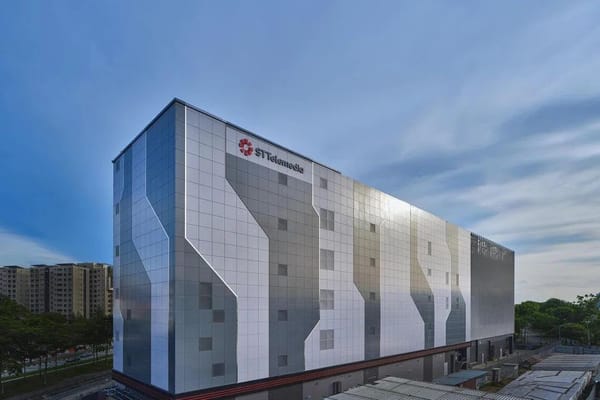What is COC and why it matters for data centre water efficiency
Why COC is critical for water-hungry data centres.

What is COC and why is it important in the data centre? If not properly managed, it can significantly worsen a facility's WUE. Let's take a closer look at why that's the case and whether water use can be stretched.
More water needed
Water is the lifeblood of modern data centres, used to dissipate the heat generated by powerful servers and GPUs in these facilities.
Water is primarily used for cooling systems that make use of evaporative cooling, where water evaporates as the primary mechanism to expel heat. It's also used for transferring heat from hot data halls to cooling systems, with chilled water recirculated to feed CDUs for liquid cooling or CRAHs, which function like air conditioning units.
Here's the issue: as water evaporates during cooling, trace amounts of dissolved minerals become more concentrated over time.
This is bad because it can speed up scaling, corrosion, and biofouling. And the presence of scale and deposits not only reduces efficiency but can damage cooling towers.
The role of COC
What can data centre operators do? The industry typically discards this water, called "blowdown," when it exceeds certain thresholds, bringing in fresh water, or "make-up water," to top it up.
On its part, COC, or Cycle of Concentration, is a common parameter showing the water effectiveness of cooling tower systems. COC is affected by factors such as incoming water quality and the efficacy of water treatment.
In general, the goal is to achieve a higher COC, which measures the ratio of dissolved constituents. This reduces blowdown as it takes longer before the water has to be purged. Though there is a point of diminishing returns.
Reducing water use
As larger, more water-hungry data centres are built to meet digitalisation and AI needs, governments are starting to establish new rules regarding water efficiency.
More blowdown means worse WUE, or Water Usage Efficiency, which is measured by total annual site water used divided by annual IT energy consumption.
Let's just say when I met Mohammad Sherafatmand of Hydroleap for coffee in January this year, I knew nothing about COC.
According to Moh, his company's proprietary technology eschews chemical treatment and reduces water use through electrooxidation. Hydroleap is actually mentioned by name in the IMDA Green Data Centre Roadmap on page 16, for its AWS Singapore deployment.
If anything, the more I learn about data centres, the more I am constantly reminded that there's so much I don't know. What do you know about improving WUE in data centres?




